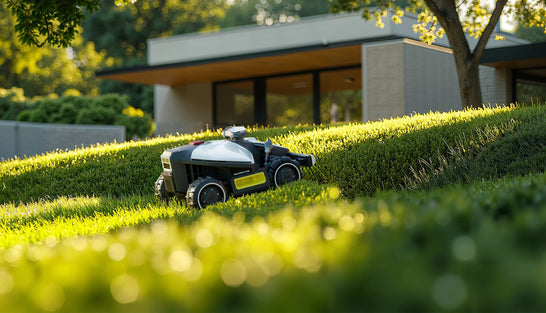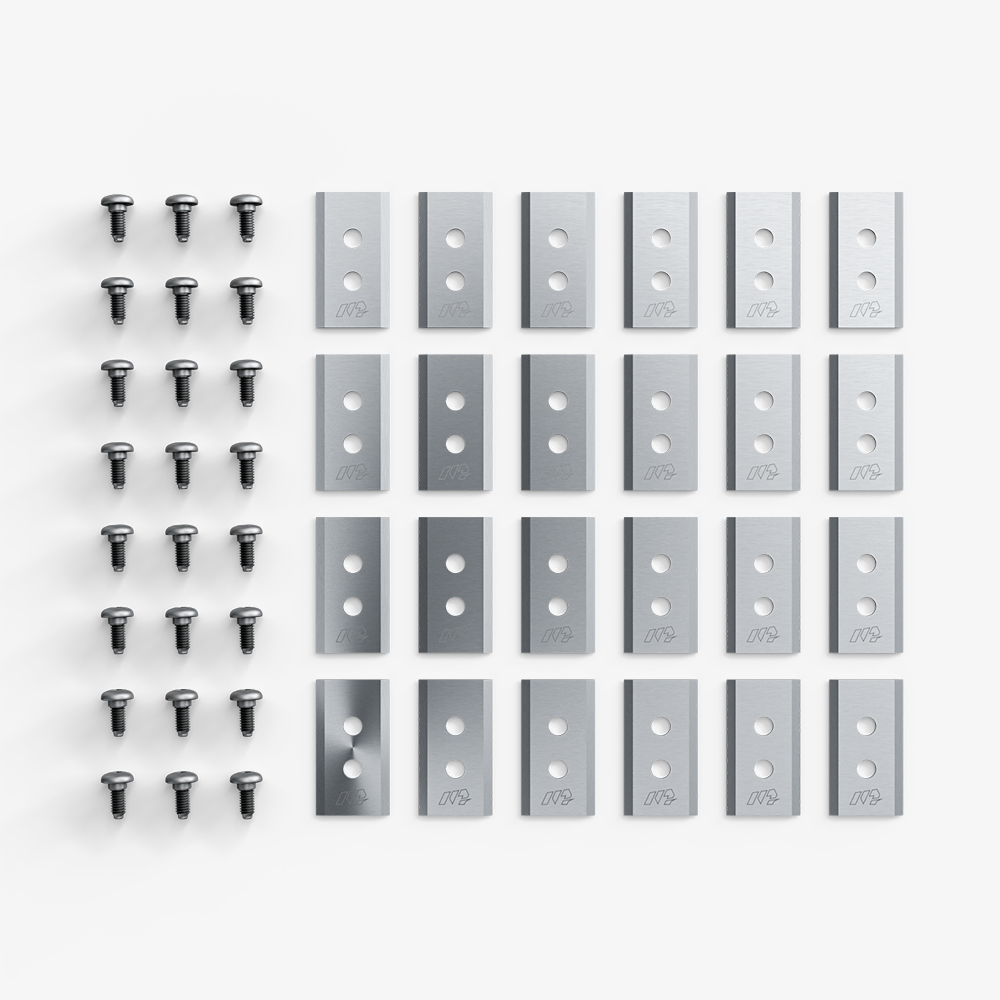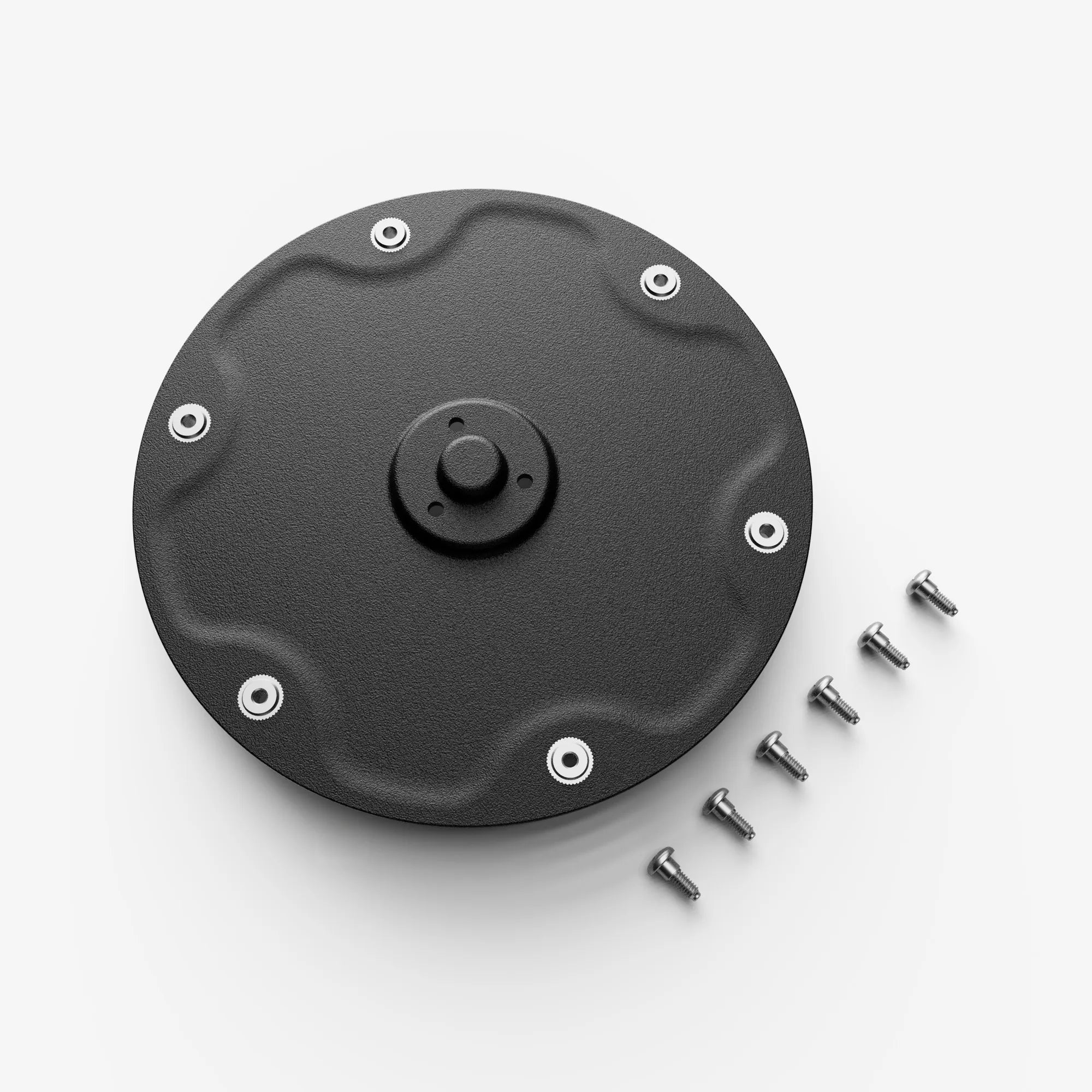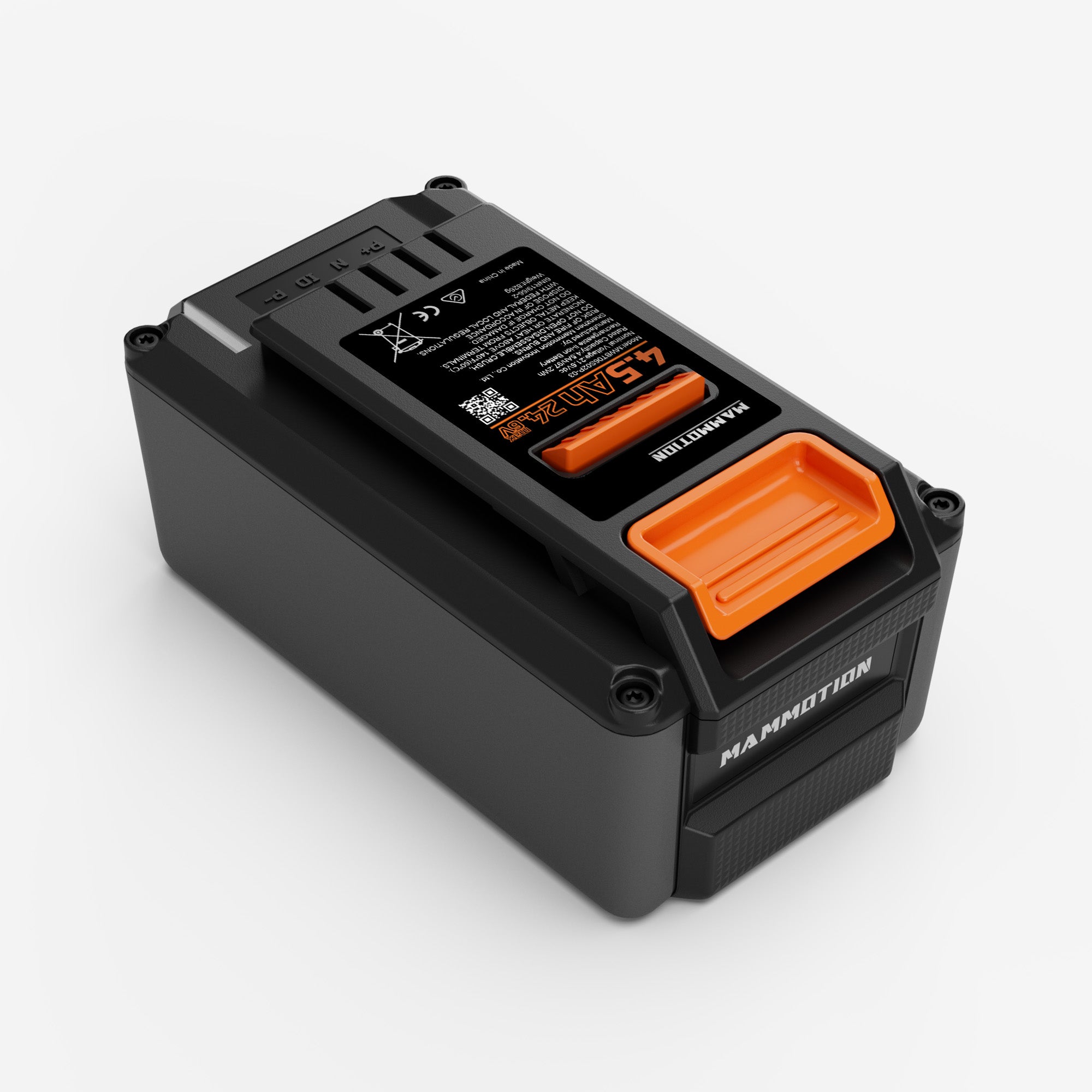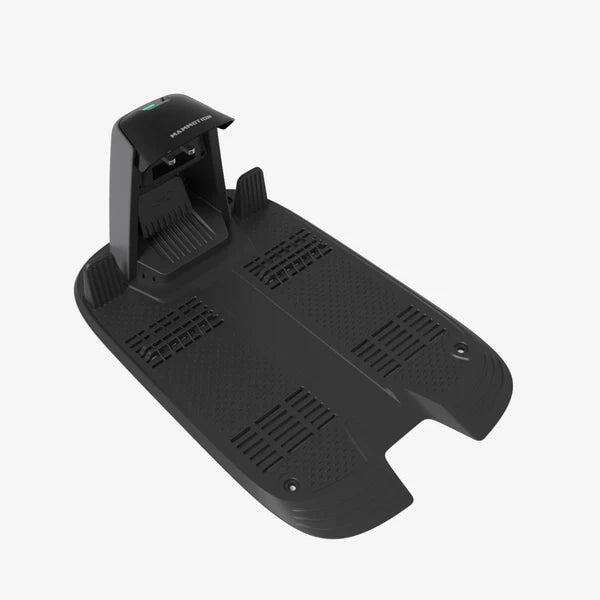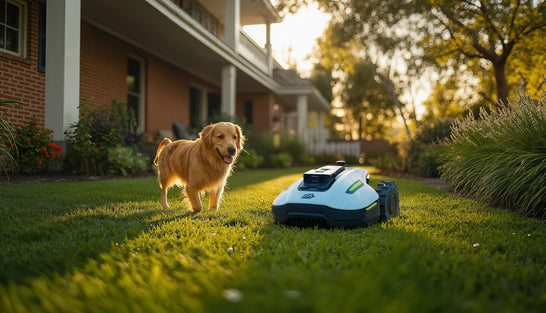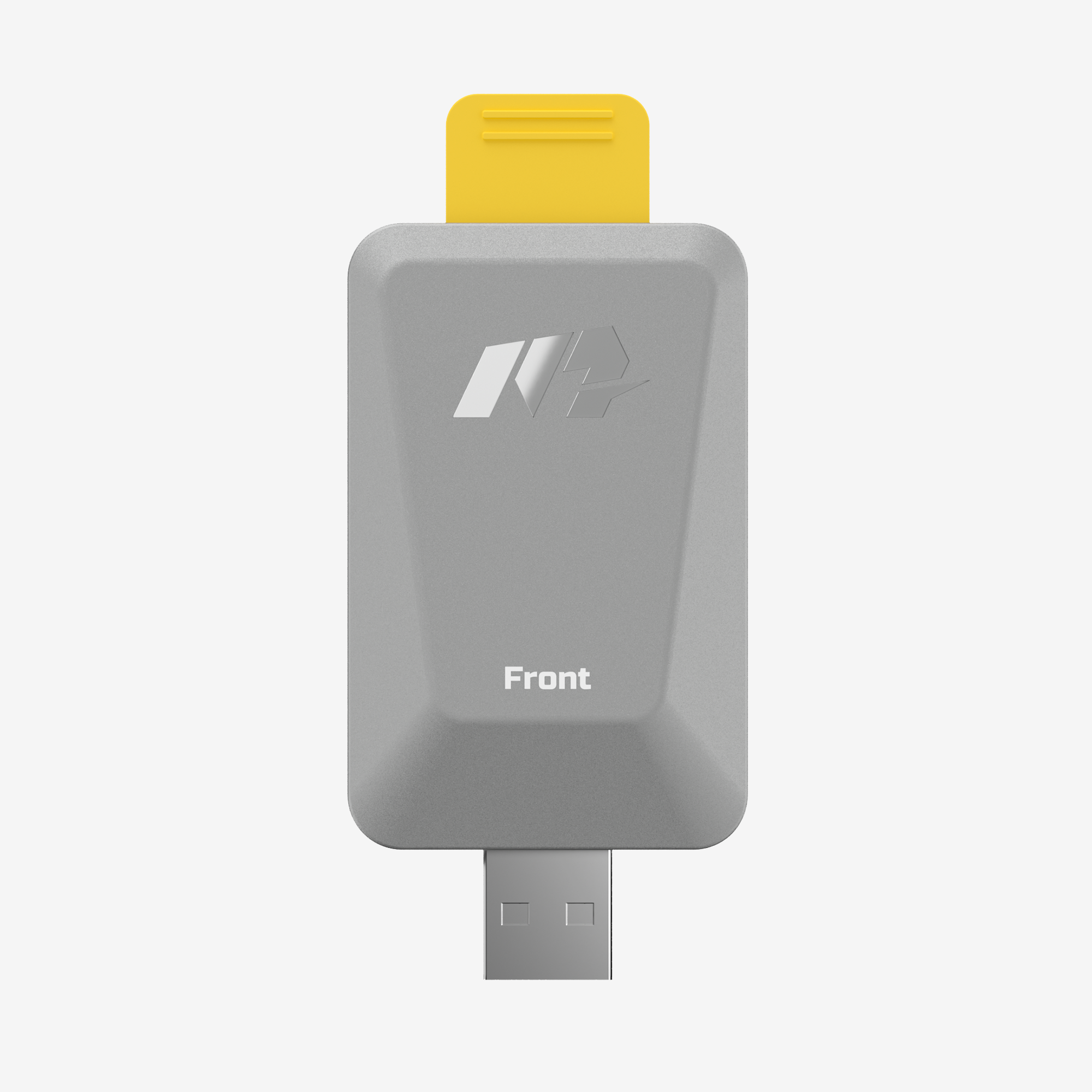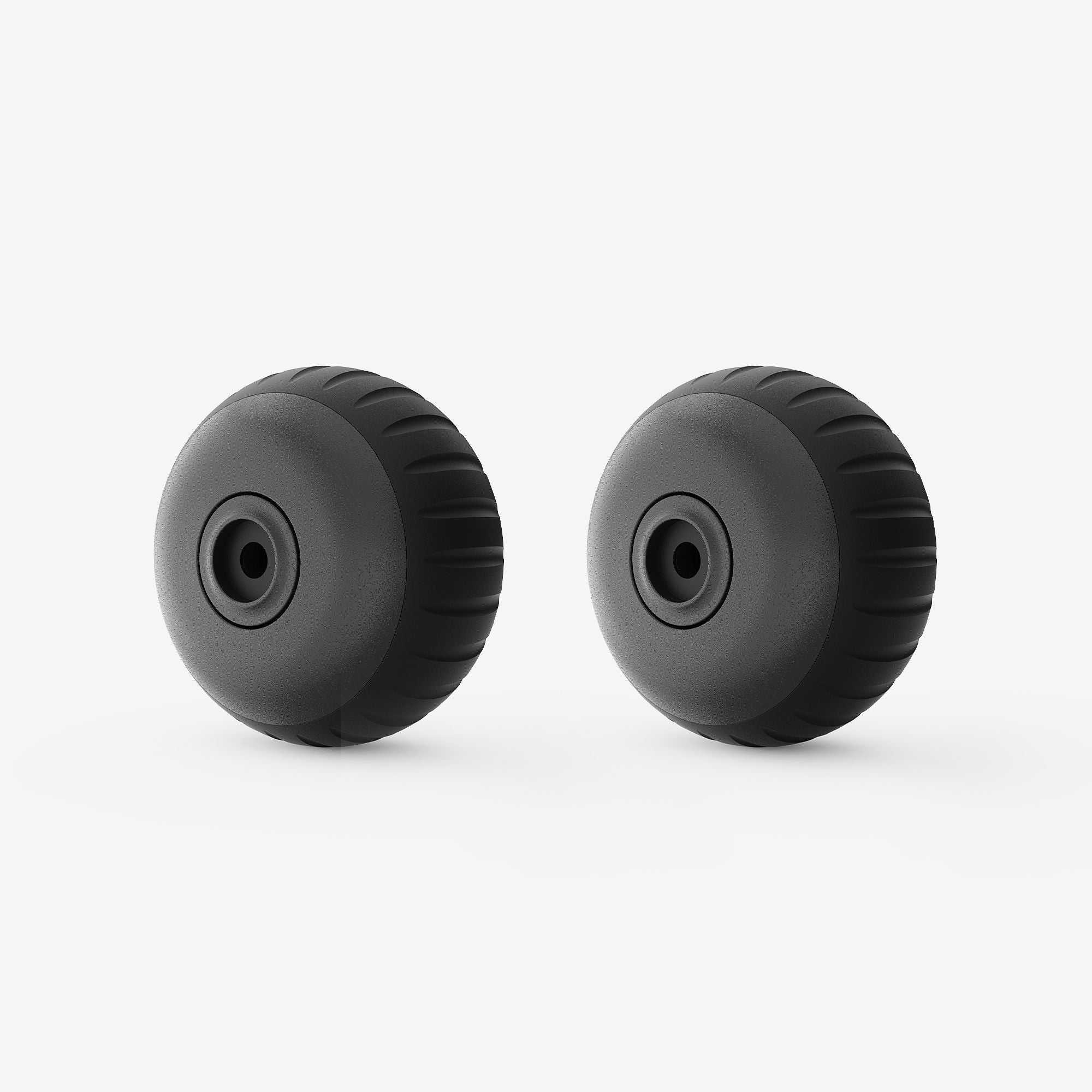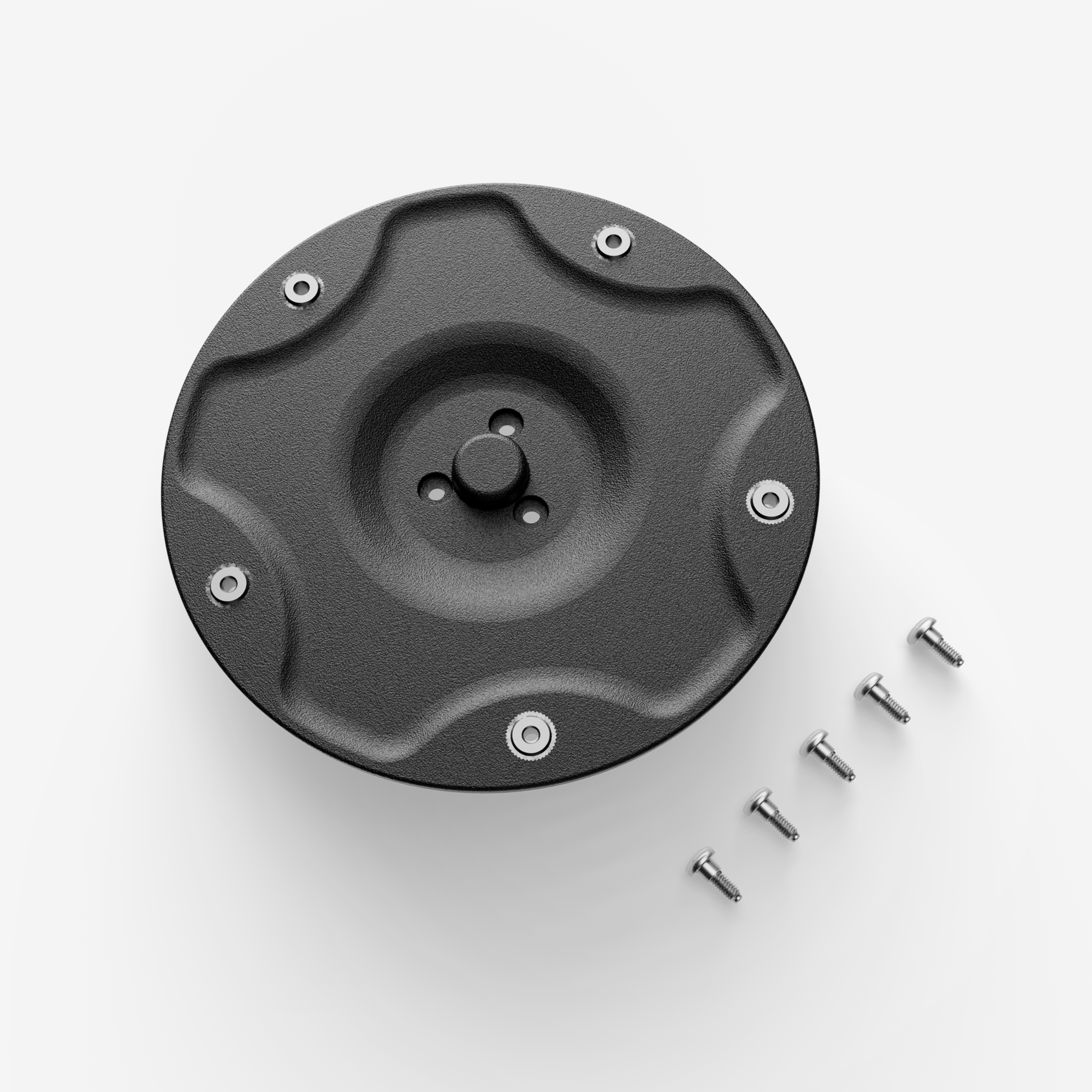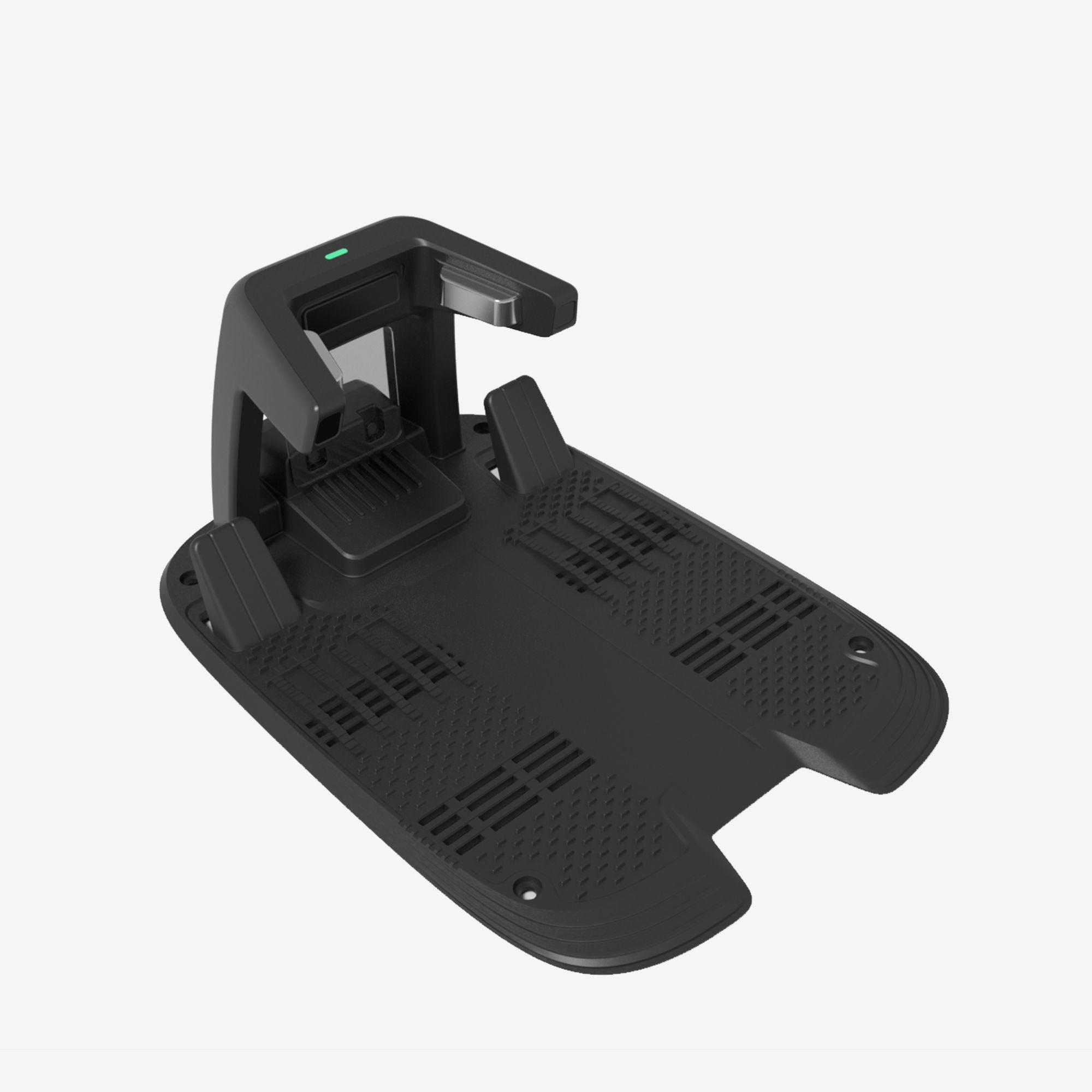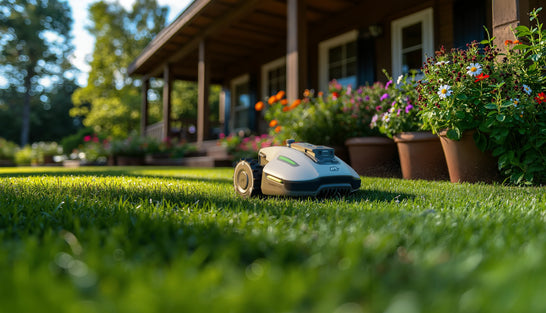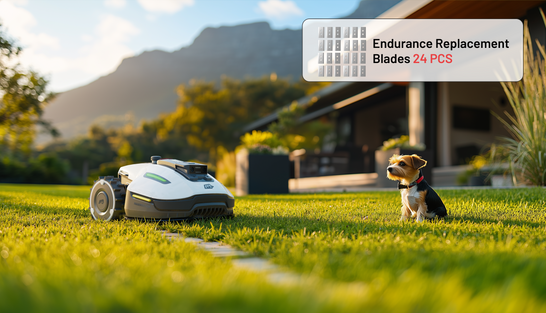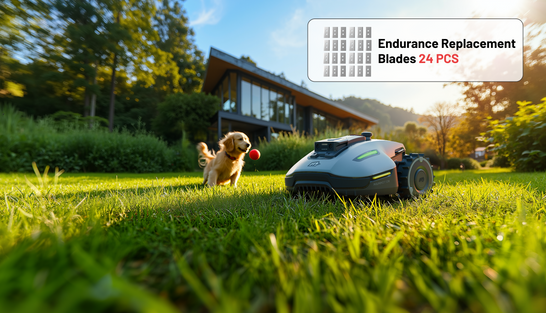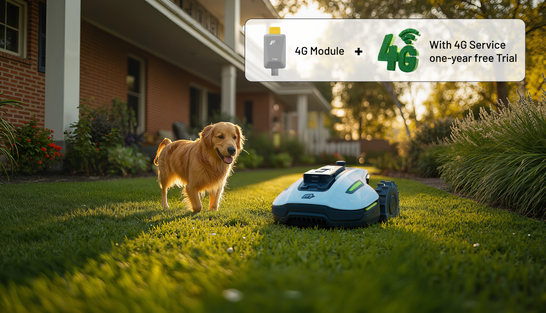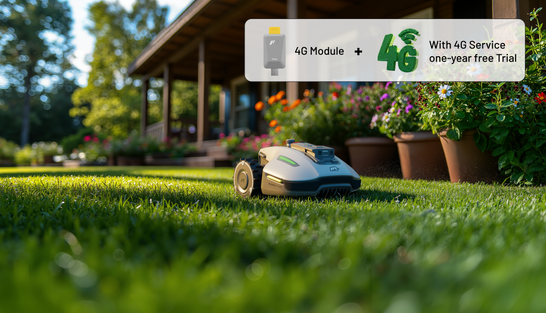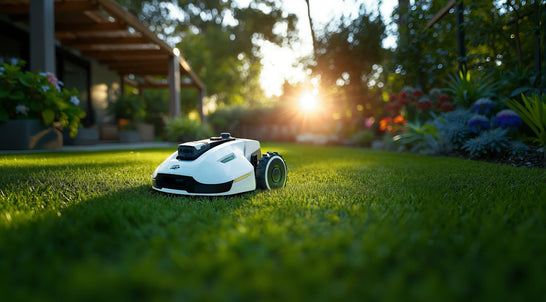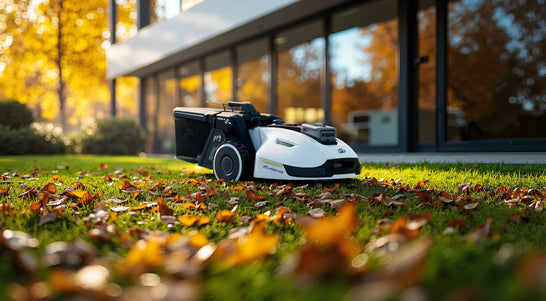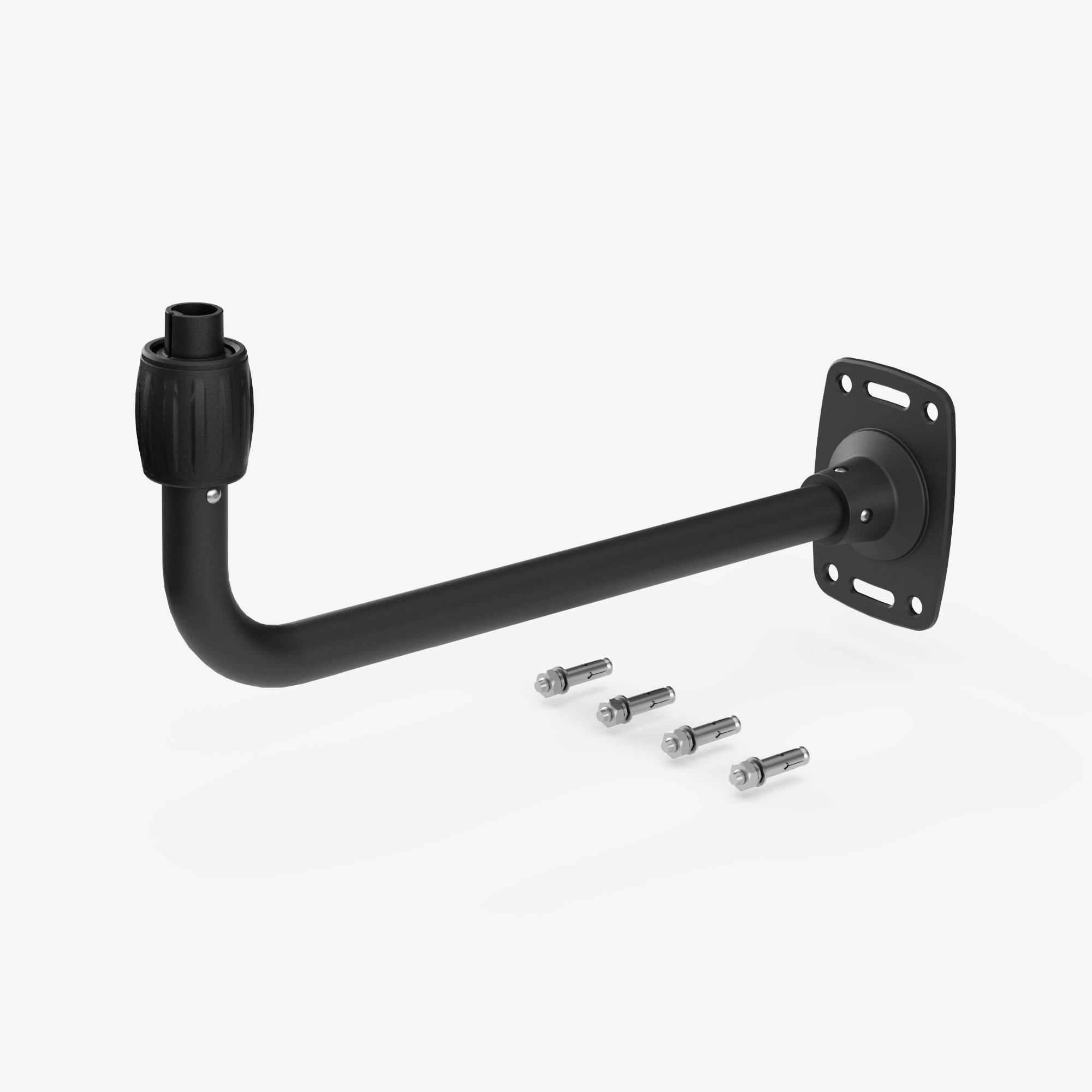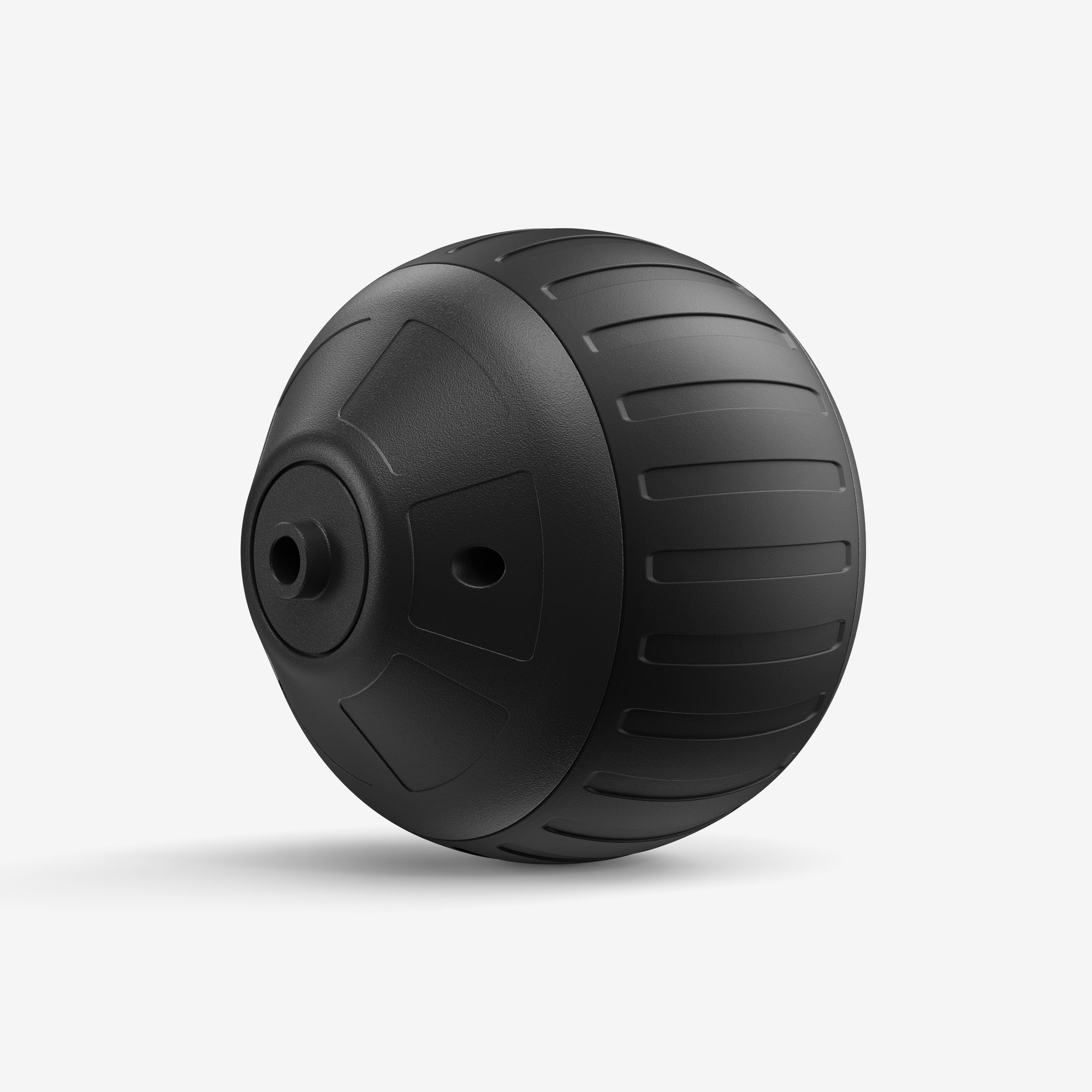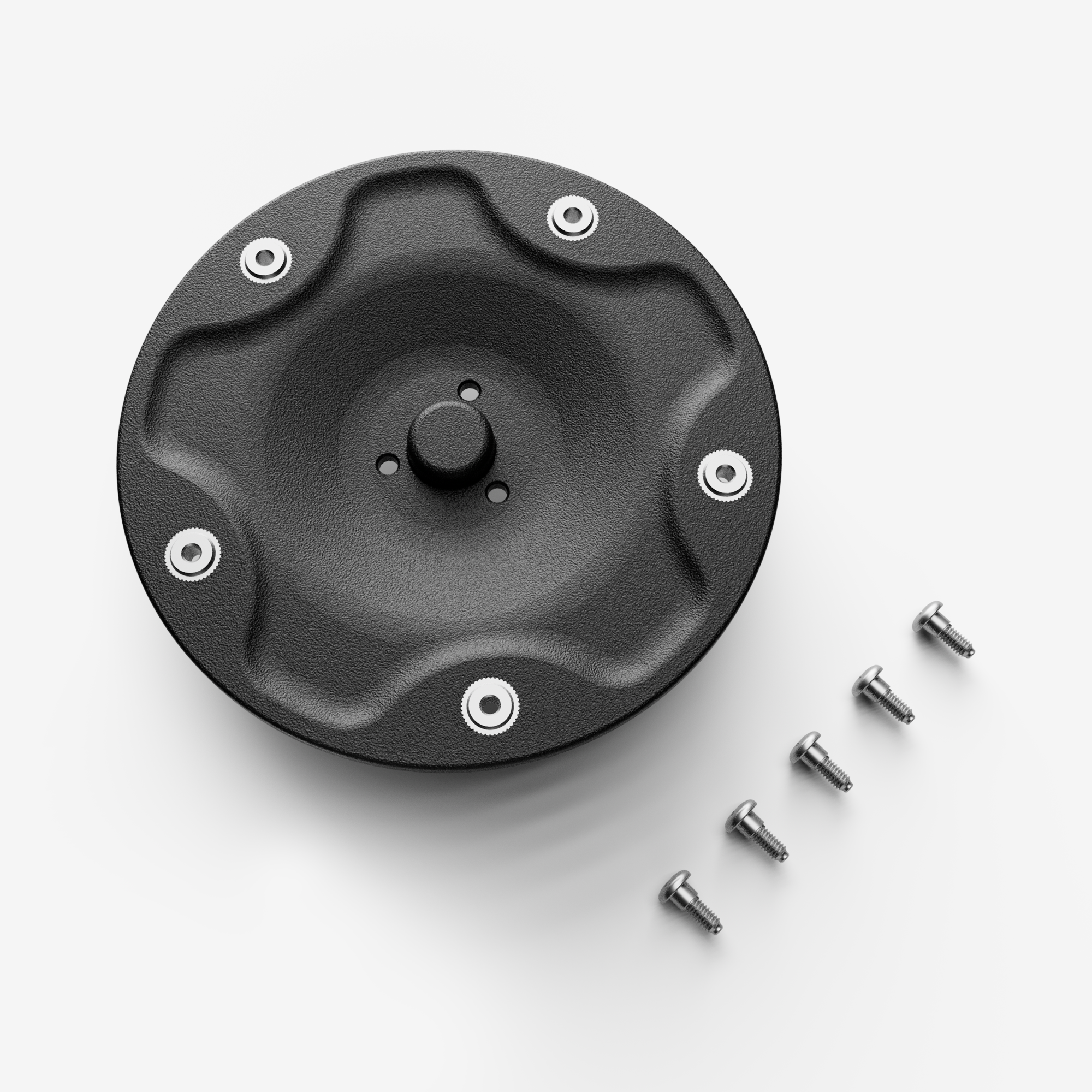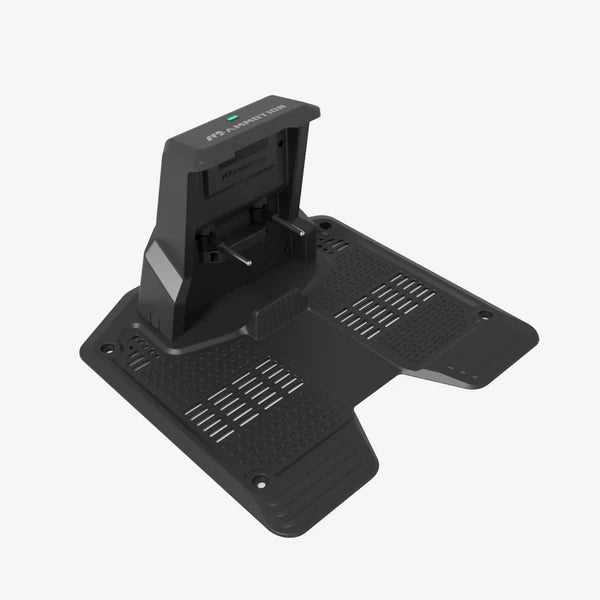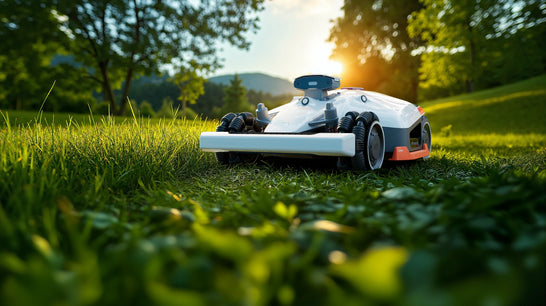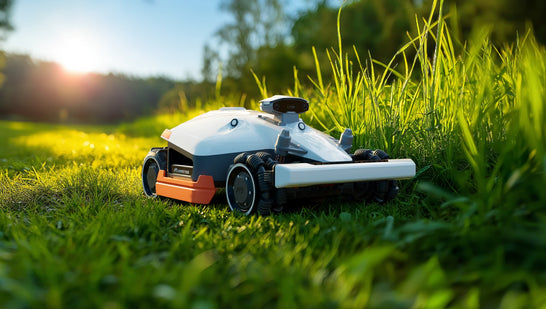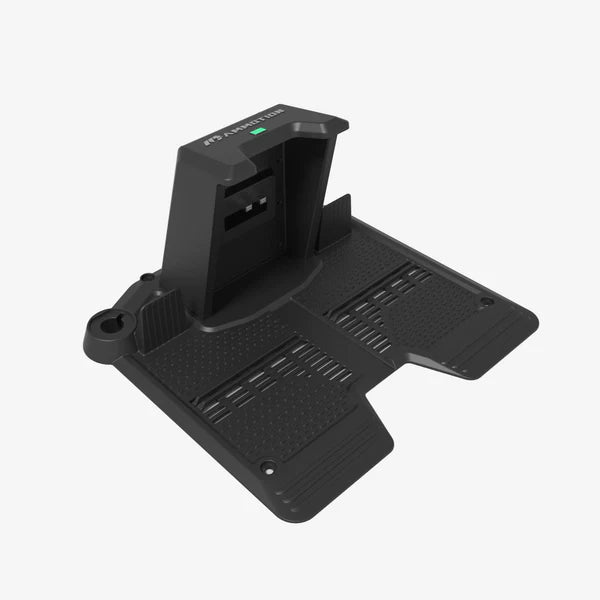A dull lawn mower blade doesn’t just make your grass look messy — it actually tears grass instead of cutting it cleanly, leaving brown tips, uneven growth, and a lawn that’s more vulnerable to disease. If your mower is vibrating more than usual or your yard looks ragged after cutting, it’s a clear sign your blade needs attention. Learning how to sharpen a lawn mower blade is one of the simplest and most cost-effective ways to keep your lawn healthy and your mower running efficiently.
The good news? You don’t need to be a mechanic to do it safely at home. In this step-by-step guide, you’ll learn when to sharpen versus replace, what tools you really need, and how to sharpen your blade correctly — from beginner-friendly methods to pro-level tips.
When Should You Sharpen a Lawn Mower Blade?
There’s no single schedule that works for every lawn, but most homeowners should sharpen their lawn mower blade every 10–25 hours of mowing or at least once per mowing season. If you mow frequently, have sandy soil, or regularly hit small sticks, roots, or debris, you may need to sharpen more often. Lawns with soft grass and clean surfaces may go longer between sharpening.
Seasonal timing also matters. Many homeowners sharpen once in early spring before peak growth and again mid-season if performance drops. The most reliable rule of thumb is simple: watch your cut quality. If your grass looks torn instead of cleanly sliced, it’s time to sharpen. Always check your mower manufacturer’s manual for model-specific maintenance recommendations.
Signs Your Lawn Mower Blade Is Dull
A dull mower blade often shows clear warning signs long before it completely fails. If you notice any of the following, it’s time to sharpen your blade:
- Brown or frayed grass tips after mowing instead of clean, green edges
- Uneven cutting patterns across your lawn
- Increased vibration or shaking while mowing
- Longer mowing time and reduced cutting efficiency
- Engine is working harder or using more fuel or battery power than usual
- Grass blades are tearing instead of slicing cleanly
Healthy grass should look neatly cut, not shredded. Torn grass loses moisture faster and becomes more vulnerable to disease, pests, and heat stress. If your lawn looks stressed shortly after mowing, your blade sharpness is one of the first things you should check.
Tools You Need to Sharpen a Lawn Mower Blade (Beginner vs Advanced)
Having the right tools makes sharpening safer, faster, and more accurate. You don’t need an expensive workshop setup to get professional results—many homeowners succeed with basic hand tools.
Essential Tools (Beginner-Friendly)
- Protective work gloves
- Safety glasses
- Socket wrench or spanner
- Wood block to prevent blade movement
- Metal file (8–10 inch works well)
These tools are inexpensive, easy to use, and ideal for first-time sharpening.
Optional / Advanced Tools
- Bench grinder or angle grinder
- Bench vise or blade clamp
- Blade balancer
Power tools speed up the process but require greater control to avoid overheating the blade or removing too much metal. If you’re new to sharpening, start with a hand file for maximum safety and better precision.
Safety Checklist Before You Start Sharpen
Sharpening a lawn mower blade involves sharp metal and sometimes power tools, so safety is critical. Before you begin, follow this checklist:
- Disconnect the spark plug or battery to prevent accidental startup.
- Drain fuel or tilt the mower correctly if needed to access the blade safely.
- Secure the mower on a flat, stable surface to prevent tipping.
- Wear protective gloves and safety glasses to protect hands and eyes from sharp edges and metal shavings.
- Use a wood block or blade clamp to prevent the blade from moving while sharpening.
- Follow proper lifting techniques if tilting or moving the mower to avoid back injuries.
Safety first: never rush the process, and ensure your work area is clear of pets, children, and distractions.
Step-by-Step: How to Sharpen a Lawn Mower Blade
Sharpening a lawn mower blade may seem tricky, but with the right approach, it’s straightforward and safe. Follow these steps carefully:
1. Remove the Blade Safely
- Disconnect the spark plug or battery.
- Tilt the mower onto its side, ensuring the air filter and carburetor face upward.
- Use a wrench or socket to remove the blade bolt.
- Note the orientation of the blade for correct reinstallation. (Details of removing the lawn mower blade)
2. Inspect the Blade
- Look for cracks, bends, or excessive wear.
- If damaged beyond repair, replace the blade instead of sharpening.
3. Secure the Blade
- Clamp the blade in a bench vise or use a wood block to hold it steady.
- Ensure the cutting edge is accessible and stable.
4. Sharpen the Blade
File Method (Beginner-Friendly):
- Match the blade’s original angle (usually 30–45°).
- Use smooth, even strokes along the edge, filing in one direction only.
- Count strokes or go until the edge is uniformly sharp.
Grinder Method (Advanced):
- Hold the grinder at the correct angle.
- Move the blade evenly across the wheel, avoiding overheating.
- Dip the blade in water occasionally to cool it.
5. Remove Burrs
- Use a metal file or fine sandpaper to smooth any rough edges.
- Sharp edges are easier to handle safely and ensure a clean cut.
6. Check Blade Balance
- Place the blade on a balancer or a nail through the center hole.
- If one side dips, lightly file the heavier side until it balances.
- An unbalanced blade can cause vibration and damage the mower.
7. Reinstall the Blade
- Position the blade correctly as noted earlier.
- Tighten the bolt to the manufacturer’s torque specification.
- Reconnect the spark plug or battery.
- Test the mower at low speed to ensure smooth operation.
How to Balance a Lawn Mower Blade After Sharpening
Balancing your blade ensures smooth mowing, reduces vibration, and prevents engine strain. Even a perfectly sharpened blade can damage your mower if it’s unbalanced.
1. Why Blade Balance Matters
- An unbalanced blade causes vibration, uneven cuts, and can damage the mower’s spindle or deck.
- It also increases wear on the engine and fasteners.
2. Tools Needed
- Blade balancer (commercial tool) or a sturdy nail or screwdriver for DIY balancing.
3. Balancing Steps
- Place the blade on the balancer or horizontally on a nail/screw through the center hole.
- Observe the blade: if one side dips, it’s heavier.
- Remove a small amount of metal from the heavier side using a file or grinder.
- Recheck balance after each adjustment until the blade stays level.
- Ensure both edges are sharp and the blade is structurally sound before reinstalling.
Tip: Make only small adjustments at a time. Over-filing can weaken the blade and shorten its lifespan.
How to Reinstall the Lawn Mower Blade Correctly
Proper reinstallation is just as important as sharpening. Incorrect installation can lead to poor cutting performance, vibration, or even dangerous accidents.
1. Position the Blade
- Refer to the orientation noted during removal.
- The cutting edges should face the direction of rotation (usually downward toward the grass).
- Ensure the center hole fits snugly on the spindle.
2. Secure the Blade
- Insert the bolt and washer.
- Tighten by hand first to ensure proper threading.
3. Torque to Specification
- Use a torque wrench if possible. Typical values range between 30–60 ft-lbs, depending on the mower model.
- Check your mower’s manual for the exact specification. Over-tightening can strip threads; under-tightening can allow the blade to loosen.
4. Safety Checks
- Reconnect the spark plug or battery.
- Slowly test the mower for vibration or unusual noises.
- Inspect the blade and the surrounding area for secure mounting.
Pro Tip: Always double-check blade orientation and balance before the first use after sharpening. This ensures a smooth, safe mowing experience.
Common Lawn Mower Blade Sharpening Mistakes to Avoid
Even small errors during sharpening can reduce blade lifespan or damage your mower. Avoid these common mistakes:
- Oversharpening the Blade – Removing too much metal weakens the blade and reduces durability.
- Sharpening Both Sides – Most blades are designed to be sharpened on the cutting edge only. Filing both sides can change the angle and performance.
- Failing to Balance the Blade – An unbalanced blade causes vibration, uneven cuts, and can damage the mower.
- Ignoring Small Cracks or Damage – Sharpening a cracked or bent blade is unsafe; always replace it if damaged.
- Improper Blade Orientation on Reinstallation – Installing the blade backward leads to poor cutting and can be dangerous.
- Using Power Tools Without Cooling – Overheating the blade while grinding can weaken the metal.
Tip: Follow the steps carefully, and always double-check safety and balance before mowing.
Sharpen vs Replace: When Is It Time for a New Blade?
Knowing when to sharpen and when to replace a blade is critical for safety and lawn health. While sharpening restores cutting performance, some blades are beyond repair.
Signs You Should Replace Your Blade
- Cracks or severe bends – Even small cracks can worsen quickly during use.
- Missing chunks of metal – Nicks and gouges can’t always be safely filed out.
- Excessive wear or thinning – A blade that’s too thin may break under stress.
- Rust pitting or corrosion – Deep rust weakens the blade structure.
- Repeated sharpening without improvement – If sharpening no longer restores a clean edge, replacement is safer.
Tip: Always follow your mower manufacturer’s guidelines for blade replacement. Using a damaged blade increases vibration, damages the mower, and risks personal injury.
Tips to Prevent Frequent Sharpening
Preventing your lawn mower blade from dulling too quickly can save you time, effort, and money. While knowing how to sharpen a lawn mower blade is valuable, minimizing the need for frequent sharpening is just as important. Here are some effective tips:
1. Avoid Hard Objects:
Be mindful of rocks, tree roots, and other hard objects in your lawn that can nick or dull the blade. Remove debris from your yard before mowing to protect the blade.
2. Mow Dry Grass:
Wet grass is heavier and can stick to the blade, leading to faster dulling. Wait for your lawn to dry before mowing to reduce strain on the blade and ensure a clean cut.
3. Clean the Blade and Mower Deck Regularly:
After each use, remove any grass clippings and debris stuck to the blade and underside of the mower. A clean blade experiences less friction and stays sharper longer.
4. Keep the Lawn Clear:
Regularly maintain your lawn by removing twigs, stones, or other debris that could cause blade damage.
5. Store Your Mower Properly:
Keep your mower in a dry, sheltered area to prevent rust and corrosion on the blade. Rust can weaken the blade and affect its cutting ability.
6. Sharpen Proactively:
Even with preventive care, blades will naturally dull over time. Schedule routine sharpening every 20–25 hours of mowing or as needed, depending on your lawn size and mowing conditions.
Final Thoughts
Maintaining a sharp lawn mower blade is essential for a healthy, vibrant lawn. By knowing how to sharpen a lawn mower blade properly, you can achieve clean, even cuts that promote the health of your grass while reducing the likelihood of pests or disease. A sharp blade also improves mower efficiency, reduces fuel consumption, and extends the lifespan of your equipment.
Regular maintenance, including periodic sharpening, not only enhances the appearance of your lawn but also protects your investment in your mower. By following this guide, you’ll ensure that your mower operates at peak performance, keeping your yard looking its best all season long.
4444
Frequently Asked Questions
1. How tight should a lawn mower blade be when reinstalling?
The blade should be tightened according to your mower manufacturer’s specifications, typically between 30–60 ft-lbs of torque. Hand-tighten first to ensure the threads align, then use a torque wrench for the final setting. Over-tightening can strip threads or warp the blade, while under-tightening can allow it to loosen during use, creating a serious safety hazard. Always check the blade orientation before testing the mower.
2. Can you sharpen a lawn mower blade without removing it?
Technically, it’s possible to sharpen a blade while it’s still attached using a rotary tool or file, but it is not recommended. Keeping the blade on the mower increases the risk of accidental engine startup, injury, and uneven sharpening. Removing the blade allows you to hold it securely, maintain the correct angle, and safely balance it afterward.
3. Can you use a Dremel or angle grinder to sharpen a mower blade?
Yes, both a Dremel and an angle grinder can sharpen mower blades effectively, but caution is essential. Maintain the original cutting angle (usually 30–45°) and avoid overheating the blade. Overheating can weaken the steel, making it prone to bending or cracking. Use short passes, cool the blade with water frequently, and always wear protective gear when using power tools.
4. How long does a sharpened blade typically last?
The lifespan of a sharpened blade depends on usage and lawn conditions. On average, a blade sharpened every 10–25 hours of mowing will maintain a clean cut for one mowing season for most homeowners. Heavy use, sandy soil, or debris can dull the blade faster. Regular inspection is key—if you notice torn grass or increased vibration, it’s time to sharpen again.
5. Is sharpening better than buying a new blade?
Sharpening is generally more cost-effective and environmentally friendly than replacing blades frequently. However, replacement is safer if the blade is cracked, bent, rusted, or excessively worn. A sharpened blade restores cutting performance, but safety and blade integrity should always take priority. Following the “sharpen vs replace” guidelines ensures optimal mower performance and a healthy lawn.
6. How do you know the correct angle to sharpen a mower blade?
Most mower blades are sharpened at an angle between 30–45° relative to the flat side of the blade. The exact angle is usually specified in your mower manual. If unknown, match the existing factory bevel—sharpen along the same slope. Maintaining the correct angle ensures efficient cutting and prevents uneven grass tearing or blade imbalance.
7. Can you sharpen a mower blade too much?
Yes. Oversharpening removes too much metal, weakening the blade and shortening its lifespan. It can also change the blade’s balance and cutting angle, causing vibration and uneven cuts. Only remove enough metal to restore a sharp, even edge, and check balance after sharpening.
8. Is it safe to use a lawn mower blade that has nicks or small dents?
Small nicks can often be filed out during sharpening, but deep gouges, cracks, or bends are unsafe. Using a compromised blade increases vibration, risks breakage, and can cause accidents. Inspect carefully before each sharpening session and replace blades that are damaged beyond minor filing.
9. How often should I check my blade balance?
Blade balance should be checked every time you sharpen and periodically during heavy-use seasons. Even minor filing can change weight distribution, and an unbalanced blade can reduce cut quality and damage the mower. A simple nail or blade balancer makes this quick and easy.
10. Can electric mowers be sharpened the same way as gas mowers?
Yes, the basic sharpening principles are the same, but extra caution is required with electric mowers. Always disconnect the battery or power source before removing the blade. Electric mower blades may be thinner or lighter, so avoid aggressive grinding or filing to prevent bending or overheating.

